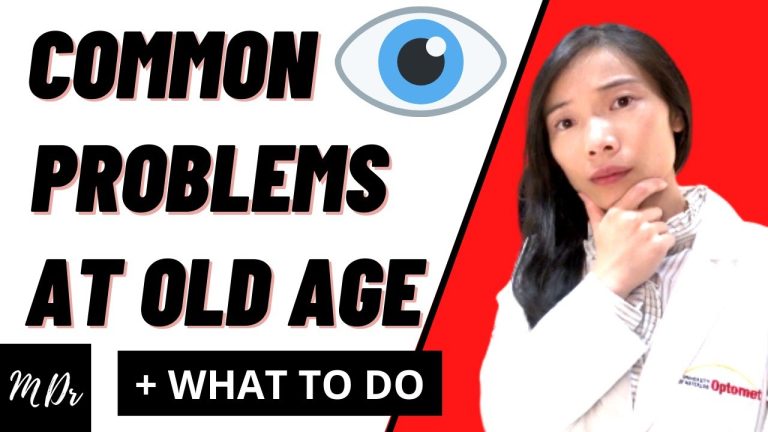Ectasia and Vision Care: Understanding the Causes and Treatment Options
Ectasia is a condition that affects the cornea of the human eye. It is a degenerative disorder that can cause thinning and bulging of this important part of the eye. Patients with ectasia may experience a change in their vision, including blurred vision, double vision, and sensitivity to light.
While relatively uncommon, this condition can have a significant impact on a person’s quality of life. Fortunately, there are several treatment options available to help manage the symptoms of ectasia and improve a patient’s vision.
Symptoms of Ectasia
One of the earliest signs of ectasia is a gradual change in vision. Patients may notice that their vision is blurry or distorted, especially when looking at objects in the distance. This can be accompanied by sensitivity to light, halos around lights, and frequent changes in eyeglass prescriptions.
In some cases, patients with ectasia may also experience double vision, ghosting, or a glare sensation. These symptoms can be especially troublesome for individuals who drive at night or work in high-contrast environments.
Causes of Ectasia
Ectasia is often associated with LASIK, a popular vision-corrective surgery. Research indicates that this condition can develop as a result of corneal thinning and weakening following LASIK surgery, although the exact cause of ectasia is not yet fully understood.
Other factors that may contribute to the development of ectasia include a family history of the condition, persistent eye rubbing, and certain underlying medical conditions.
Treatment Options for Ectasia
While there is no cure for ectasia, there are several treatment options available that can help manage the symptoms and improve a patient’s vision.
Contact Lenses
One of the most common treatments for ectasia is the use of specially designed contact lenses. These lenses are often custom-fitted to the patient’s eye and can help to reduce the impact of corneal irregularities on the patient’s vision.
Corneal Collagen Cross-Linking
This treatment involves the use of UV light and a special solution to strengthen the cornea and prevent further degradation. This procedure can help to slow the progression of ectasia and improve a patient’s vision over time.
Corneal Transplantation
In severe cases of ectasia, a corneal transplant may be necessary. During this procedure, the damaged cornea is removed and replaced with a healthy donor cornea. This can be an effective way to restore vision and improve the patient’s quality of life.
Preventing Ectasia
While there is no guaranteed way to prevent ectasia, there are several steps that individuals can take to reduce their risk of developing this condition.
- Avoiding eye rubbing
- Protecting the eyes from trauma
- Maintaining good eye health through regular check-ups with an optometrist or ophthalmologist
By taking these steps, individuals can help to reduce their risk of experiencing the debilitating symptoms associated with ectasia.
Conclusion
Ectasia can be a challenging condition to live with, but there are several effective treatment options available that can help to manage the symptoms and improve a patient’s quality of life. Whether through the use of contact lenses or more advanced surgical options, there is hope for individuals with ectasia to achieve better vision and maintain good eye health. By taking steps to prevent ectasia and seeking prompt medical attention if symptoms arise, individuals can protect their vision and enjoy a better quality of life overall.
Contents
Most wanted in Hoya Vision:
Hoya Lens Engravings
Which lens is better Alcon or Johnson and Johnson?
What’s the rarest eye color?
What brand lenses does Costco use?
Legacy Eye Care Llc
Hoya Sensity Vs Transitions Xtractive
Should eyeglasses cover eyebrows?
What’s the difference between 1.5 and 1.6 lenses?
What do you call glasses that turn dark in the sun?
Wide Corridor Progressive Lenses
















